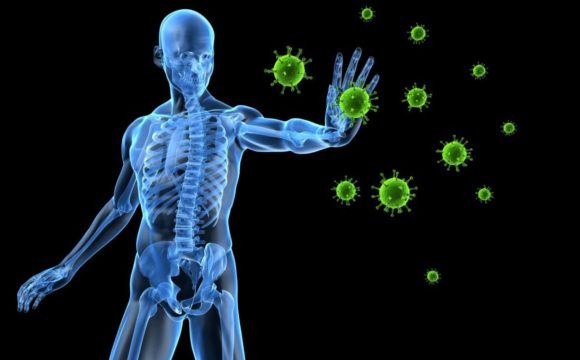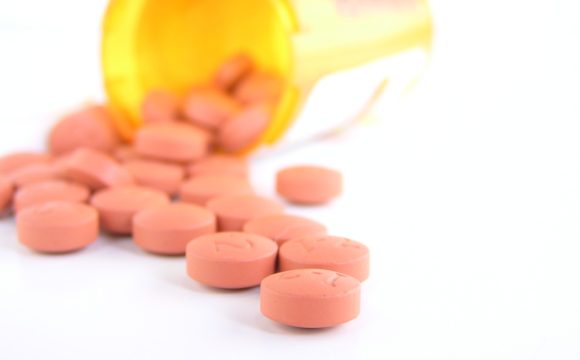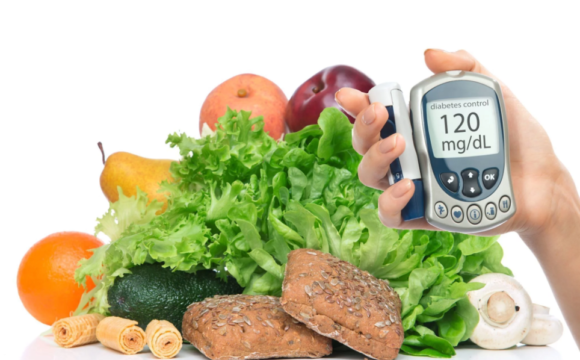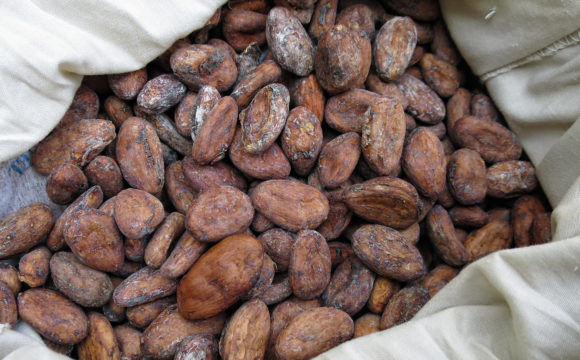Accidental overdose of drugs or toxic molecules can be dangerous and sometimes fatal.They call for emergency gastrointestinal decontamination. Activated charcoal (AC) has become one of the important tools for this objective and help in reducing the absorption of ingested toxins. AC is manufactured by heating common charcoal in the presence of a gas that causes the charcoal to develop a lot of interconnected pores and hard sponge like textural properties(Fig.1). The pores help in trapping surrounding chemicals and make this charcoal usable for a variety of biomedical and clinical purposes specially related to absorption. Activated charcoal can also be used to treat poisonings, reduce flatulence, lower cholesterol levels, prevent diarrhoea caused by drugs, reduce phosphate levels in dialysis, calm upset stomach and treat cholestasis during pregnancy etc. In recent times, activated charcoal has also been employed for topical usage such as in bandages for healing wounds and improving the skin appearance. Numerous studies have shown the potential of AC (either alone or in combination with other agents) in gastrointestinal decontamination caused by a variety of toxic molecules and drug overdose.
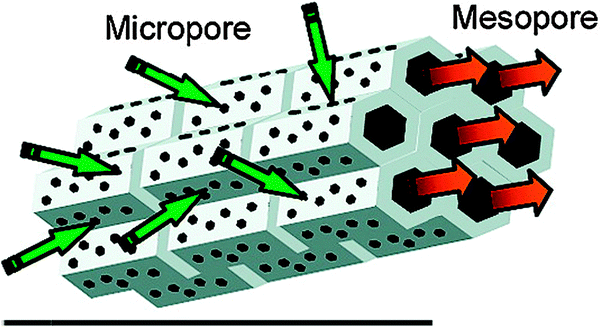
Fig.1 Pores formed in activated charcoal after processing of normal charcoal (Source: RSC publishing)
There have been numerous studies on decontamination and drug abuse treatment. For drug overdose treatment, the effect of AC on aspirin absorption in man was studied. The effect of activated charcoal on the gastrointestinal absorption of aspirin containing drinks was determined quantitatively in adults by assessing the amount of total salicylates excreted in the urine. When administered abundantly and promptly, AC showed significant inhibitory effect on the absorption of aspirin from solution, conventional tablets, enteric coated tablets, and sustained‐release tablets. This process was positively affected by increasing dose of AC, and negatively affected by the time interval between aspirin and AC administration.
Acetaminophen poisoning treatment using AC has also been investigated. A series of 981 consecutive acetaminophen poisonings were analysed and it was found that toxic concentrations of serum acetaminophen was uncommon in patients who ingested less than 10 g drug. In those who ingested more, AC appeared to reduce the number of patients who achieve toxic acetaminophen concentrations, hepatotoxicity and thus, reduced need for treatment and hospital stay. A large number of studies have been conducted separately to show the positive effect of AC on adsorption for various drug combinations such as digoxin, phenytoin and aspirin, carbamazepine and phenylbutazone. In one of experiments, it was shown that presence of food in the stomach of patients with drug overdosage modified the efficacy of activated charcoal and gave it more time to adsorb drugs in the gastrointestinal canal, possibly by slowing gastric emptying rate.
Apart from these studies, there have been numerous scientific examples to prove that AC has been an effective complexing agent for many drugs. The quantitative in vivo evidence accumulated so far indicates that AC can be a very valuable supplement in the initial treatment phases for acute drug ingestions not only for emergency care but also as a first aid measure in the home. It is well tolerated alone even in extremely high doses, and there is no known contraindication to its use in treatment of acute drug ingestion. It is immediately effective upon ingestion and can be given safely by nonprofessionals. Although it is not uniformly efficacious for all drugs, activated charcoal appears to be a generally useful adjunct for gastrointestinal decontamination.
References
Neuvonen, P.J., Elfving, S.M. & Elonen, E. Eur J Clin Pharmacol (1978) 13: 213
Mor, S., Khaiwal, R., Bishnoi, PJ. Bioresour. Technol (2007) 98:4
Buckley, N.A., Buckley, N., Whyte, Ian M., L O’Connell & Dawson, A.H. J Toxicol Clin Toxicol (1999) 37:6
Levy, G., Tsuchiya, T. Clin Pharmacol Ther (1972) 13:3
Olkkola,K.T., & Neuvonen, P.J. Br J Clin Pharmac (1984) 18:5
Neuvonen, P.J., Vartiainen, M. & Tokola, O. Eur J Clin Pharmacol (1983) 24: 557
Corby, D. G., Decker, W.J. Pediatrics (1974) 54:3






